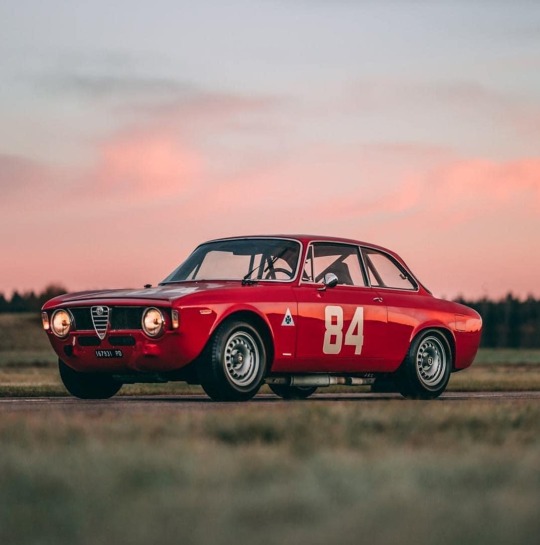#bertone
Text

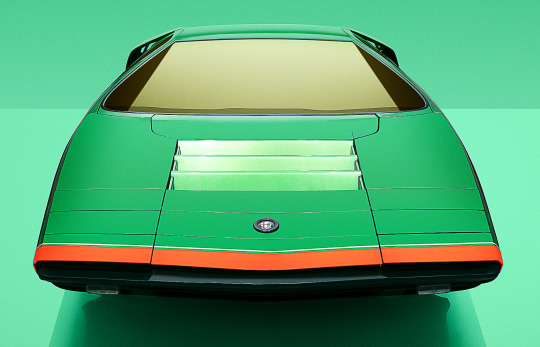



Alfa Romeo Carabo, 1968, by Bertone. Presented at the Paris Motor Show, styled by Marchello Gandini, one of the first wedge designs. The Carabo was based on an Alfa Romeo 33 Stradale chassis and 2.0 V8 drivetrain. It was never intended for production but was a direct stylistic ancestor of the Gandini-designed Lamborghini Countach
#Alfa Romeo#Alfa Romeo Carabo#Alfa Romeo 33 Carabo#Bertone#Marchello Gandini#Marchello Gandini RIP#wedge design#concept#design study#prototype#V8#mid-engine#scissor doors
894 notes
·
View notes
Text


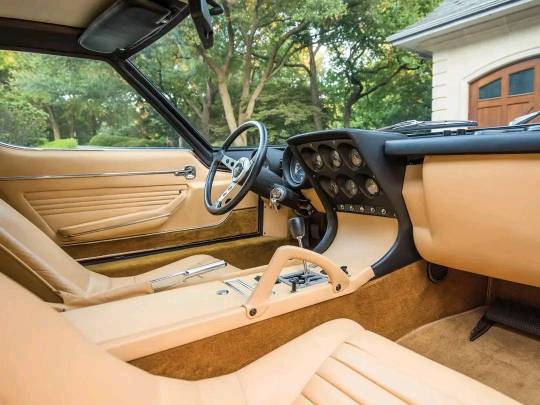


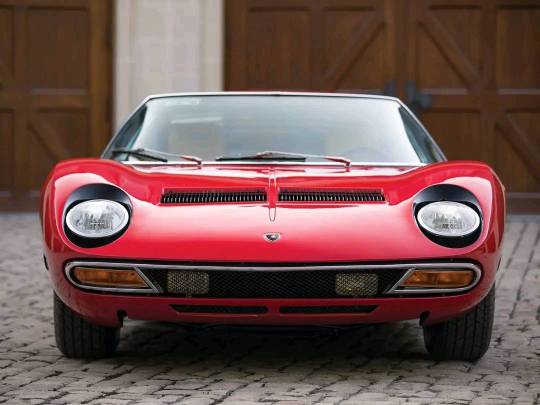

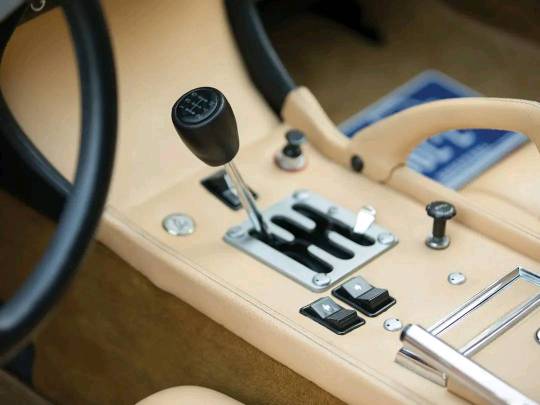
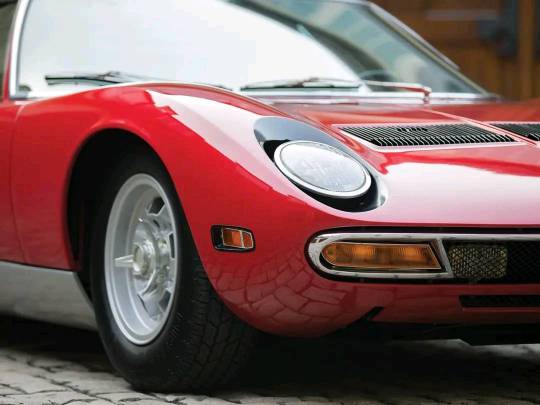
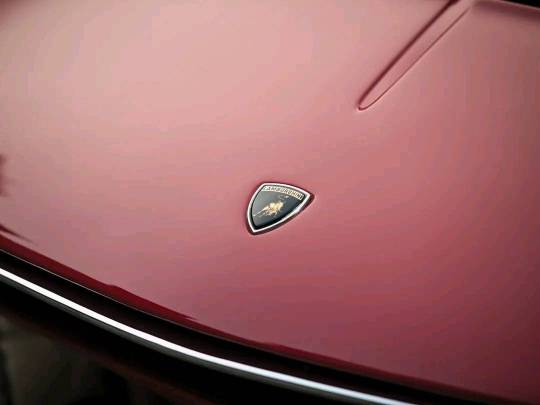



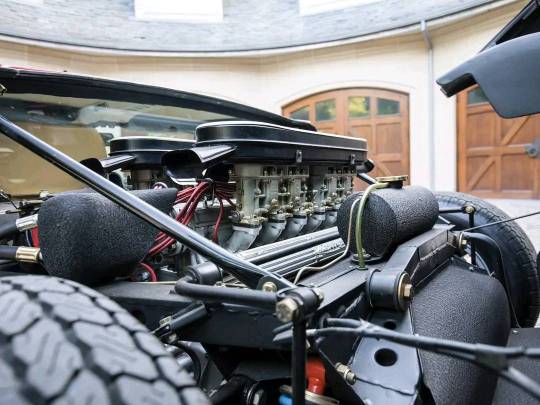
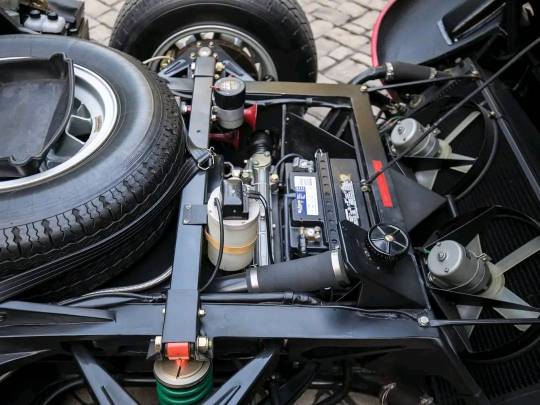
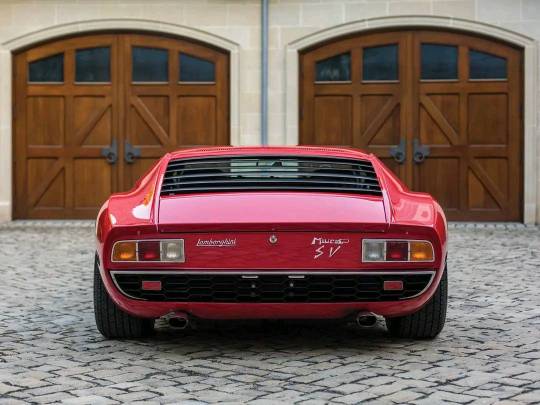


Lamborghini Miura P400 SV by Bertone 1971. - source Soft Tech Motorsport.
468 notes
·
View notes
Text


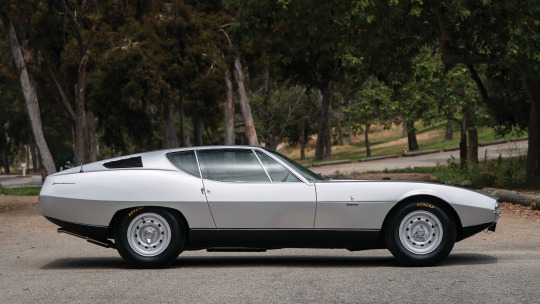

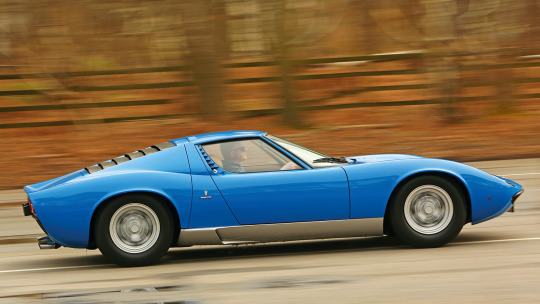
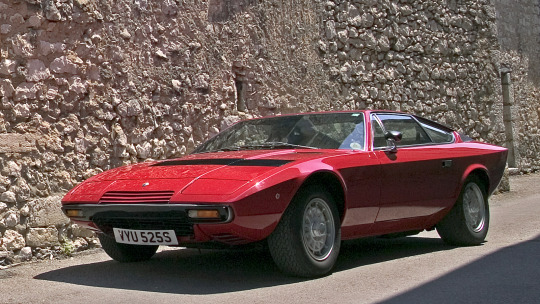


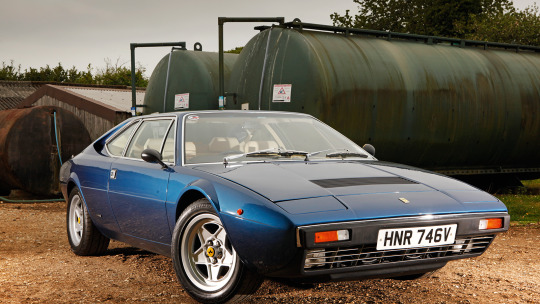
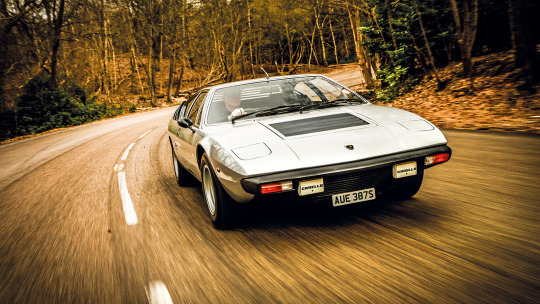

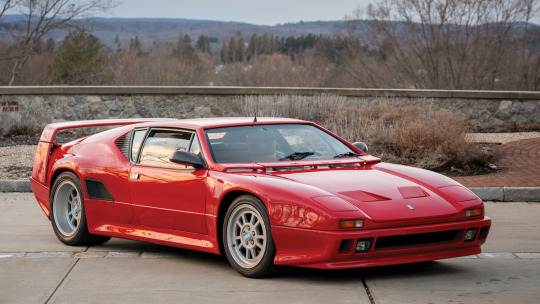

Marcello Gandini (26 August 1938 – 13 March 2024)
The father of some definitive road cars, he penned two full generations of Lamborghini starting with the Miura as well as the first Volkswagen Polo, Citroen BX, the Renault 5 Supercinq and numerous others. It is for his far-fetched and futuristic wedged concept cars though that Mr Gandini will probably be best-remembered.
Rest in Power !
#art#design#luxury cars#luxury car#sport cars#sportcar#super cars#super car#marcello gandini#lamborghini#renault#miura#citroen#autobianchi#alfa romeo#rip#supercars#luxury lifestyle#luxurycar#luxurylifestyle#supercar#luxurycars#de tomaso#bertone#iconic#maserati#designer#conept
322 notes
·
View notes
Text
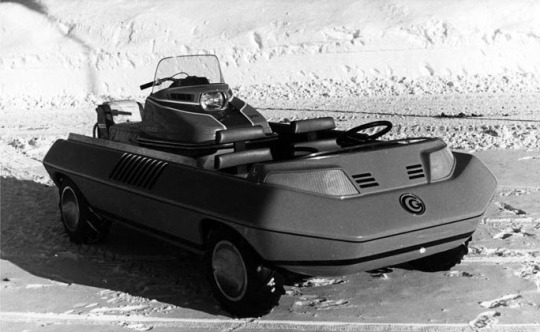
1972 Suzuki Go concept vehicle.
Designer: Bertone
168 notes
·
View notes
Text



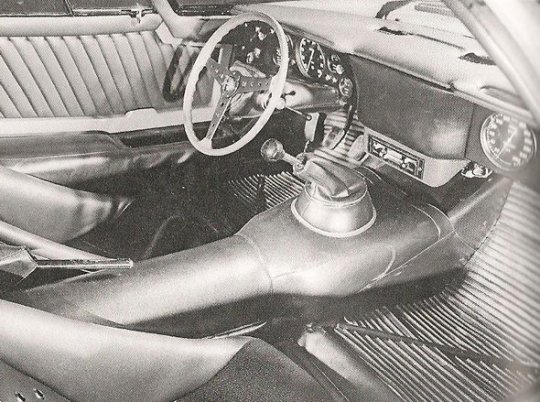
1964 Bertone Alfa Romeo Canguro
My tumblr-blogs: https://www.tumblr.com/blog/germancarssince1946 & https://www.tumblr.com/blog/frenchcarssince1946 & https://www.tumblr.com/blog/englishcarssince1946 & https://www.tumblr.com/blog/italiancarssince1946 & https://www.tumblr.com/blog/japanesecarssince1947
168 notes
·
View notes
Text
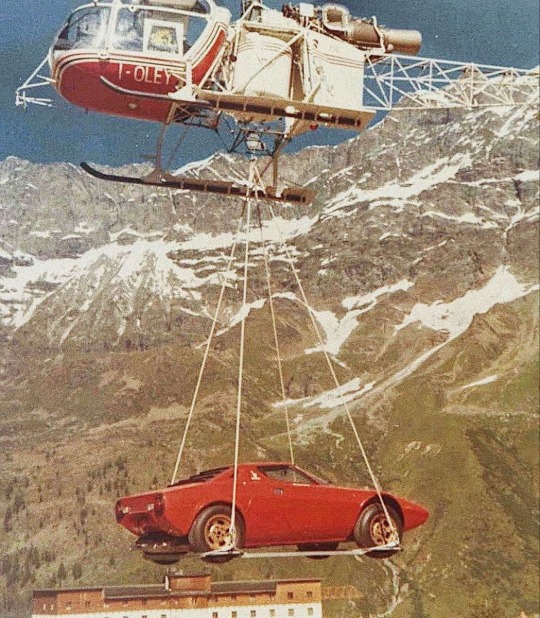
LANCIA STRATOS HF HAILED BY HELICOPTER, 1973.
101 notes
·
View notes
Photo

The Bull.
Lamborghini Miura P400 SV
897 notes
·
View notes
Text






Lancia Sibilo designed by @bertone_official in the 1970s
Via Moto Vitelloni (on facebook)
#Lancia Sibilo#Lancia#bertone#ooh wow#photography#art#iconic#design#italian designer#italian design#supercar
70 notes
·
View notes
Text

#Bertone#ferrari#lancia#fiat#lamborghini countach#lamborghini#stratos#308GT4#308#X1/9#X1-9#X-19#X19#Dino
75 notes
·
View notes
Text

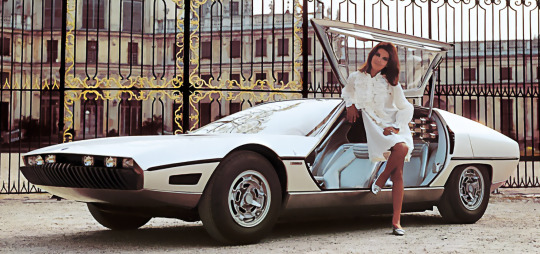


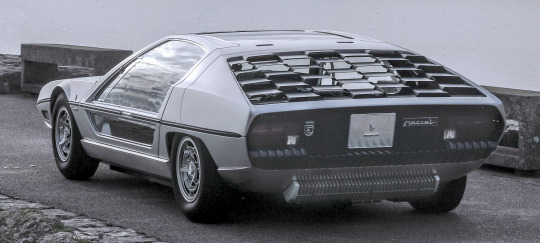
Lamborghini Marzal, 1967, by Bertone. Another Gandini concept that never made it beyond prototype stage, the Marzal was powered by a 2.0 litre in-line 6 cylinder engine placed transversally behind the rear wheels, in fact half of Lamborghini's 4.0 litre V12.
#Lamnborghini#Lamborghini Marzal#Bertone#Marchello Gandini#Marchello Gandini RIP#RIP#concept#design study#gullwing doors#mid-rear engine#transverse engine#straight 6#1967
530 notes
·
View notes
Text
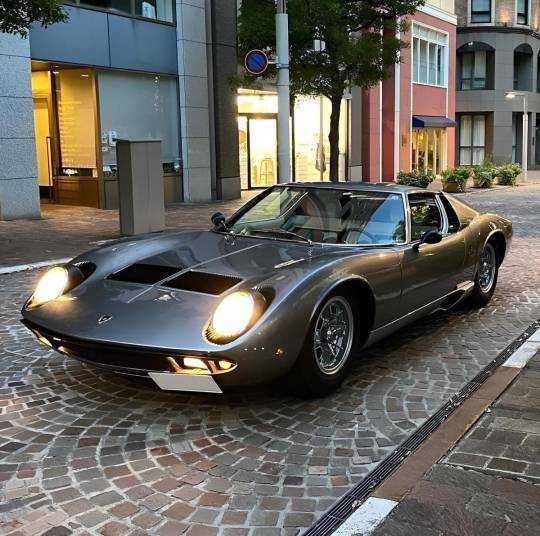
Lamborghini Miura P400 1966 Design by Bertone. - source Cars & Motorbikes Stars of the Golden era.
614 notes
·
View notes
Photo

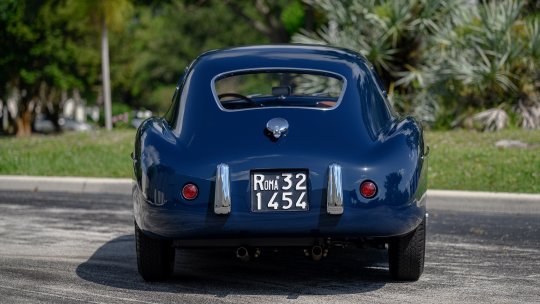

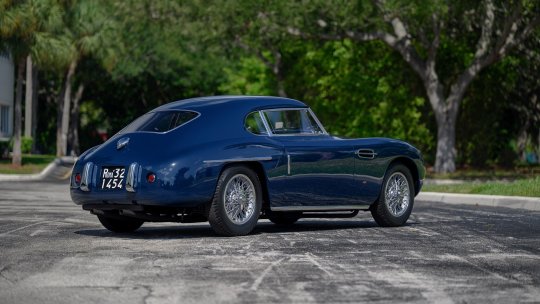


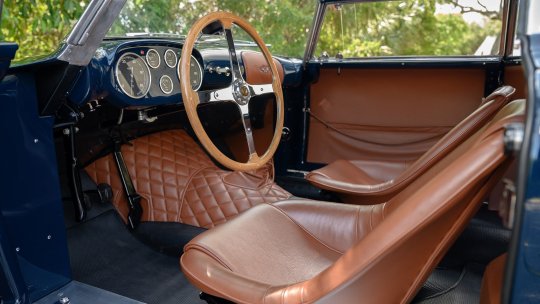
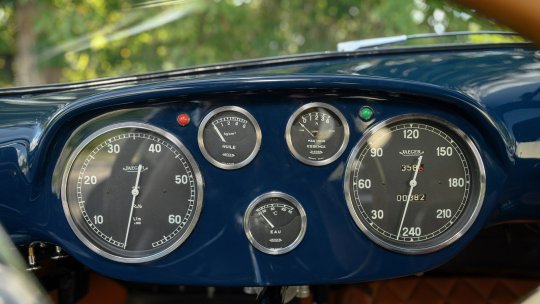
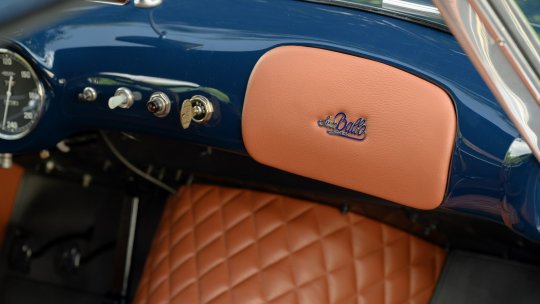
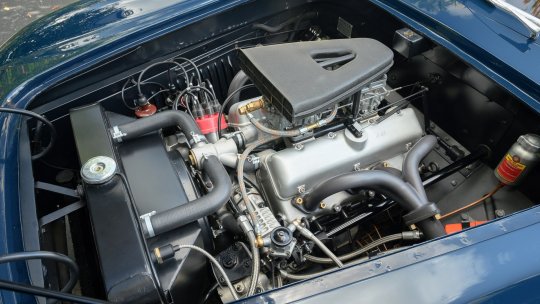
Siata 208 CS ( 1 of 6).
Societá Italiana Auto Trasformazioni Accessori (SIATA) created a marvelous assortment of machinery in its 45-year history under the guidance of the Ambrosini family. Founded by Giorgio Ambrosini in 1926, Siata specialized in performance modifications for Fiats, creating the overhead-valve conversions, multi-speed gearboxes, superchargers, and multi-carb intakes that competitive Italians wanted for their diminutive cars. The Italian auto giant conspicuously ignored—with few exceptions—the high-performance market as the Agnellis concentrated their empire around sensible, reliable, and mass-produced cars of small proportions.Siata received substantial financial assistance from Fiat following the Second World War, and by 1949 they were producing small automobiles which wore custom, house-labeled coachwork. Firmly grafted to Fiat and its engineering, Siata took a giant leap forward with the arrival of Rudolf Hruska in 1950. Hruska had worked in Porsche’s design office before the war and later collaborated with Carlo Abarth on Piero Dusio’s Cisitalia Grand Prix project. Fiat itself plotted its re-entry to the top ranks of Italian performance automobiles in 1950 with the introduction of their two-liter V-8 (dubbed "Otto Vu"), whose development was entrusted to Siata and executed in total secrecy by Hruska’s team.
The unusual oversquare, 70-degree V-8 engine featured all-aluminum castings with wedge-shaped combustion chambers. Induction was through a pair of dual-throat, downdraft Weber carburetors. With its high-revving short-stroke design and 8.5:1 compression ratio, prodigious power was channeled through a four-speed manual gearbox. Hruska planted the engine into a tubular chassis, and this became the basis of Fiat’s 8V.
Debuting at the 1952 Geneva Salon, the 8V caused an absolute sensation perhaps best equated to a meltdown of Italy’s motoring press. For many, the Siata-developed, Fiat-badged supercar defied belief. In particular, the advanced chassis featured a fully independent suspension with coil springs and telescopic shock absorbers at all four corners and was a marvelously sophisticated platform for its time, with supple and predictable handling that amazed drivers accustomed to the rigidly sprung, “flex-framed,” live-axle sports cars of the time.
Approximately 200 Tipo 104 engines were made to supply the 114 8V examples which Fiat ultimately produced. Eighty-five or so surplus engines were thusly returned to Siata, which seized the opportunity to supply them with additional house-made upgrades and implant them into the very chassis from which the earth-shattering Otto Vu had been developed.
The resulting Siata 208 CS was available as an attractive barchetta-like Spider or streamlined berlinetta, which Siata commissioned from a small pool of local coachbuilders including Bertone, Vignale, and Stabilimenti Farina. It is said that Siata openly encouraged the carryover of major styling details which these same companies were providing to Ferrari during the same period.
Perhaps the shapeliest design ever rendered upon the 208 CS, however, was executed by Balbo of Turin. Just nine berlinettas were made, of which only six examples are known to remain extant.
248 notes
·
View notes
Text

_1988_
#retrowave#retrofuturism#retro aesthetic#retrofuture#lamborghini#bertone#80s style#80s tech#retro tech#concept car
134 notes
·
View notes
Photo

1970 Lancia Stratos Zero concept car.
396 notes
·
View notes
